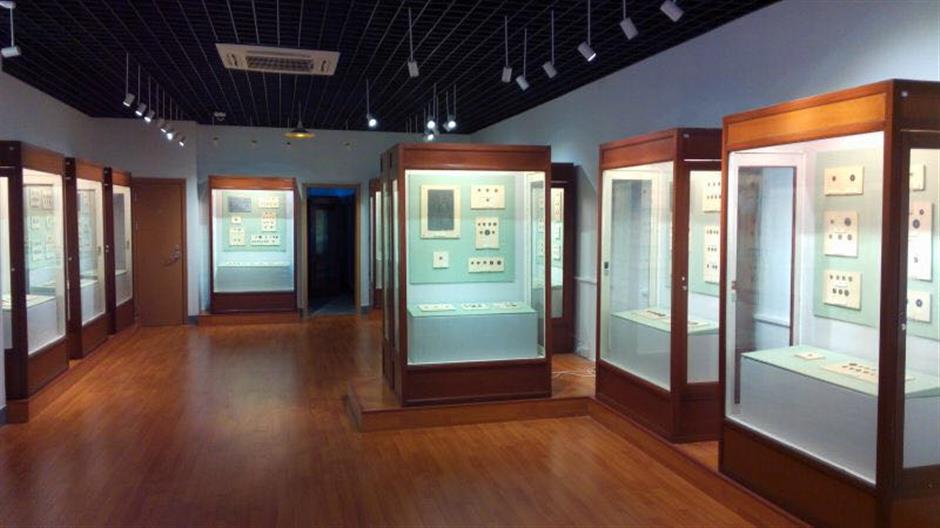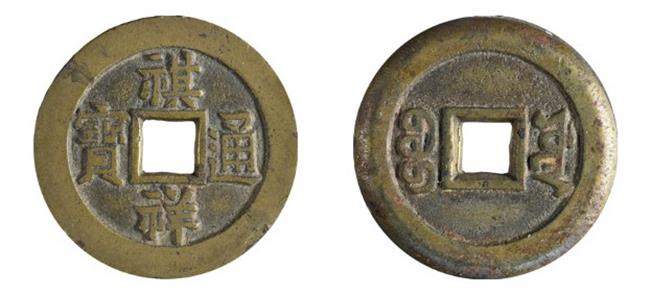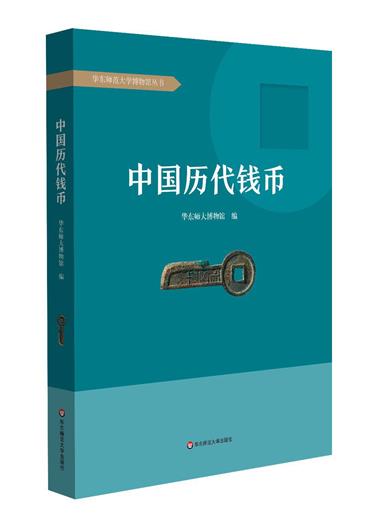
The ancient money museum at East China Normal University
A book about ancient coins was published recently by East China Normal University to mark the International Museum Day that falls on Friday.
The book contains photos and illustrations of 108 ancient coins from the collection of the university’s ancient money museum, ranging from cowry shell coins in the pre-Qin era to copper coins, silver ingots and banknotes in later dynasties.
All the coins are all in good condition and reflect the features of money used in different historical periods.
These include the world’s largest banknote issued in early Ming Dynasty (1368-1644). It measures 34.1 centimeters long and 22.2 centimeters wide, larger than an A4 paper.
 Ti Gong
Ti GongDaming Tongxing Baochao, the largest banknote in the world.
Named as “Daming Tongxing Baochao,” which literally means banknote circulated in the Ming Dynasty, it was the only official banknote issued by the government of the dynasty. It was in light blue with patterns of Chinese dragons on its frame.
Tang Tao, curator of the East China Normal University Archives and chief editor of the book, said the largest banknote was issued in 1375 as there was a shortage of copper for coinage.
Due to the large amount of banknote issued, the banknotes soon began to depreciate and the whole series was abolished in 1522.
The bookalso includes a coin regarded as “the most precious coin in the Qing Dynasty (1636-1912)” by collectors of ancient coins.
It was produced at the beginning of the reign of the 10th emperor of the dynasty and was named as “Qixiang Tongbao,” after his original reign title “Qixiang.”
 Ti Gong
Ti GongThe two sides ofQixiang Tongbao
But a coup happened soon after he ascended the throne in 1861, when he was only 6 years old.
The coup turned the emperor’s mother Empress Dowager Cixi to be the power behind the throne together with another queen mother.
The reign title was changed to “Tongzhi” the next year, which literally means co-governance, making “Qixiang” coins the most short-lived currency.
Most of the “Qixiang” coins were recalled to produce new ones bearing the title of “Tongzhi,” leaving very few circulated in the market.
The coin in the museum, it seems, has not been used and is believed to be a sample of the “Qixiang” coins.
Other selected coins include the first coin inscribed with characters written by an emperor. The characters “Chunhua Yuanbao” were said to be written by Zhao Guangyi, Emperor Taizong of Song Dynasty (960-1279).
 Ti Gong
Ti GongThe first coin inscribed with characters written by an emperor.
The museum is open to the public for free from 9am to 4pm on Tuesdays, Thursdays and Saturdays with volunteers providing Chinese and English tour guide service.
 Ti Gong
Ti GongThe book of ancient moneys published by the university to mark the International Museum Day.
